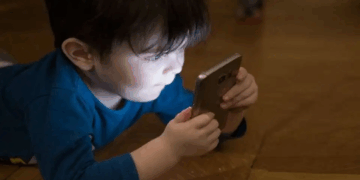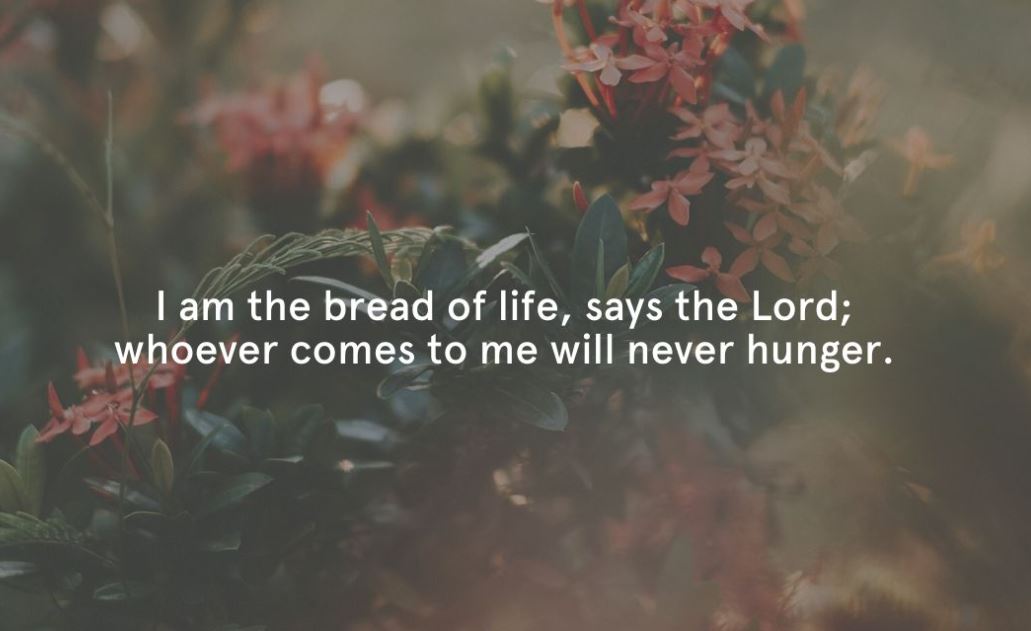
By Alex Hoang
VIETNAM – In late July, a heartbreaking drowning incident took place in An Khanh, a suburban commune of Hanoi, Vietnam. Two boys, just six and nine years old, died while trying to retrieve a ball that had fallen into a drainage canal near their home.
What began as a simple playtime activity turned into tragedy. But what shocked the public even more was not only the loss of these young lives, but also the strange behavior of another child who witnessed the incident.
A nearby surveillance camera captured the entire scene. As the two boys — one in a white shirt, the other in red — jumped into the murky water and disappeared, a third boy, wearing black, stood on the bank. He didn’t run for help, nor did he jump in.
Instead, he began to shout incoherently, scream bizarre phrases, and — most unsettling of all — burst into a song that’s gone viral on TikTok.
Programmed reaction
At first glance, his reaction might be seen as callous, cold, or even suspicious. But many observers soon began to realize something deeper was at play.
The boy’s response wasn’t a lack of concern — it was a breakdown in emotional processing. A symptom of a brain wired by endless loops of TikTok, YouTube Shorts, and other ultra-short video platforms.
The boy screamed, Yes. He called for help. He shouted “Uncle! Help!”, “Please help!” — and also “Trình là gì?” (a trending catchphrase in Vietnam from a nonsensical pop song).
He even yelled “You’re dead now!” — a phrase that, in normal contexts, would seem cruel, but in this moment reflected something disturbingly detached. His face moved between crying and smiling, shouting and laughing, moving in and out of different “modes” — as if switching between videos.
What was unfolding wasn’t a child in denial. It was a child whose brain had become so accustomed to 15-second digital bursts that it could no longer sustain a continuous, emotionally grounded reaction.
He was mimicking familiar rhythms, voices, sound bites — everything his mind had been absorbing online.
This is the terrifying new reality: children who have consumed hours upon hours of disjointed, often meaningless content no longer distinguish real-life crisis from online fantasy.
For them, real fear and fake drama trigger the same reactions. When faced with actual death, they respond like they would to a meme — through dance moves, phrases, or sounds they’ve rehearsed unconsciously on screen.
Some Vietnamese users on social media pointed out that the boy was not emotionally numb — but rather a product of emotional miswiring.
Instead of having learned how to stay calm in emergencies, he had internalized funny facial expressions, ironic reactions, and disjointed phrases.
In a life-or-death moment, his brain reverted to what it knew best: TikTok.
Beyond An Khanh
Surveys conducted by UNICEF and Vietnam’s Ministry of Health show that children aged 12 to 15 in Vietnam spend up to five to seven hours a day on social media, with TikTok being the most popular platform.
Even younger children often access smartphones belonging to adults, browsing videos without any supervision.
At Mai Huong Psychiatric Hospital in Hanoi, doctors recently treated Khang, a 14-year-old who came in with severe depression, anxiety, and digital addiction.
“I like watching crash videos and blood,” Khang said. “It makes me feel relaxed. I can’t stop watching TikTok. I wanted to kill myself when my mom took my phone away.”
Unfortunately, Khang’s story is far from unique.
One psychiatrist reported that more children today are suffering from insomnia, emotional blunting, attention deficits, and poor decision-making — directly linked to excessive digital consumption.
Dr Tran Minh Quang from Vietnam’s National Children’s Hospital explained: “Children exposed too early to short-form, addictive content often lose the ability to process real-life emotions and respond appropriately in stressful situations. They confuse fantasy with reality.”
Huong Lan, a 29-year-old mother of a five-year-old, shared her own fears: “Sometimes I give my son the phone just so I can get things done. But recently he started saying strange things and copying dances I don’t understand. I’m starting to worry I’ve missed my chance to really raise him.”
Nguyen Van Hieu, 71, a Catholic grandfather from Ha Dong district, added: “Back then, kids climbed trees and swam in rivers. Now my grandson sits at home staring at a phone all day. His eyes look blank, and he barely talks. I don’t recognize him anymore.”
Where to from here?
The child in An Khanh didn’t need more screen time. He needed someone to teach him how to act in a real emergency.
He didn’t need another viral video — he needed someone to help him deal with loneliness and self-worth.
But each day, TikTok, YouTube, and Reels are teaching the opposite — distraction over empathy, spectacle over substance.
We must stop using smartphones as digital babysitters. The short-term convenience of handing a phone to a child comes at a long-term cost: emotional and psychological delay, or worse.
We need to rebuild real experiences. Summer camps, church youth groups, scout activities, outdoor exploration — these aren’t outdated.
They are more necessary than ever. Children need to play, interact, and learn through real social engagement.
And most importantly, we must teach emotional intelligence.
Children need to know how to call for help, stay calm under pressure, and recognize real pain. They need to learn how to feel deeply — and respond sincerely.
The An Khanh tragedy isn’t just about a drowning. It’s a wake-up call for how an entire generation is being shaped — often unknowingly — by screens and content algorithms.
These children aren’t emotionless; they’re emotionally rewired. Their silence is not always their fault — it’s ours.
When the moment comes when someone is in danger, and all a child can do is shout a trending song, we must ask: where were we? What kind of future are we creating?
If we continue to let algorithms raise our children, we may not lose them physically — but we may lose the part that makes them truly human. – UCA News

















































